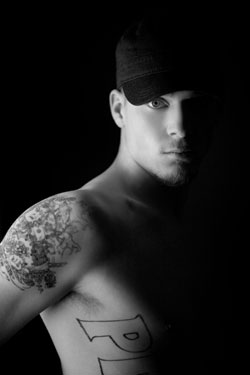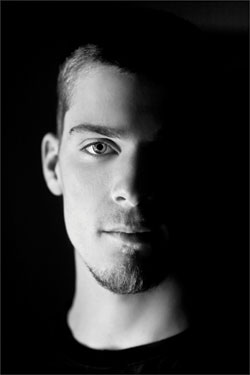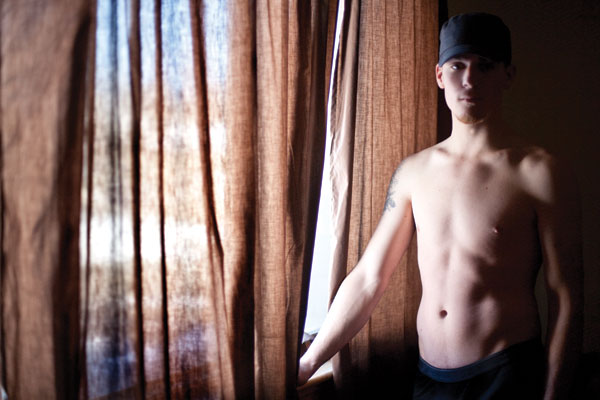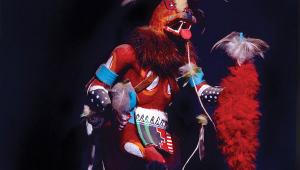A Window And A Curtain: A Stunning Lighting Solution

All Photos © Lindsay Adler
Natural light is stunning and is a great way to get an intimate portrait of your subject. You do not have the distraction of bright flashing strobes of the studio or having to make large modifications to natural light using diffusers or reflectors. Instead, window light helps you keep it simple, and allows you to connect with your subject more easily and keep the mood relaxed.
The curtains allow you to control the direction and spread of the light. If your subject is standing beside a large window without curtains, then the light would be broad and wrap around the subject, particularly if the subject is standing close to the window. This is certainly an acceptable way to light someone, but it will not give the same dramatic and directional lighting that we achieve here. If you are familiar with studio lighting, curtains act like barn doors. Both the curtains and barn doors give you control over the spread and direction of the light. If you close the curtain so that the light only comes through a tiny slit, then the light will be extremely focused and directional. If you open the curtains wider, the light source becomes broader and softer.
You could get similar dramatic lighting with a very narrow window, but this would not give you the control that curtains allow. You can move the opening to change how the light illuminates the face of your subject and modify the size of the opening to adjust the concentration of light.

Posing
Natural light is great because you can watch how the light molds and shapes a model’s face. You can actually turn them and watch as the light and shadows move in a distinct way.
If you pose the model facing toward the light, the light will give beautiful illumination to the face and eyes, and then fall off dramatically behind the subject.
If you pose the model facing perpendicular to the light, you can create stunning split lighting and move the model around slightly to adjust the exact angles the light rakes across the form. This is great for figure studies, as it defines muscles and curves.

Consider posing the model away from the light, with just the head/eyes turned back to give split light. This again is a creative approach for dramatic effect.
- Log in or register to post comments












































